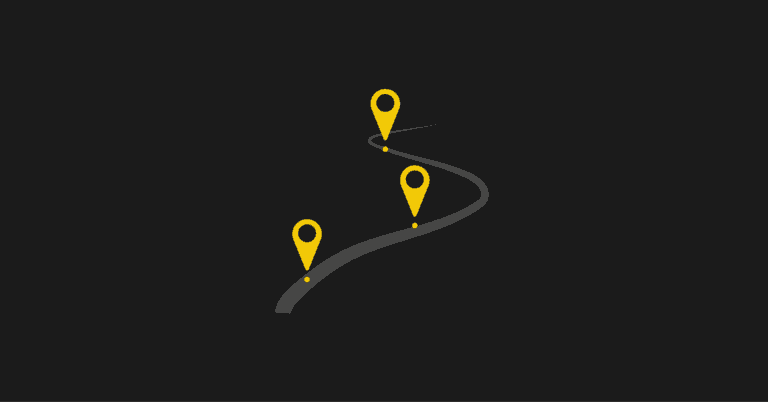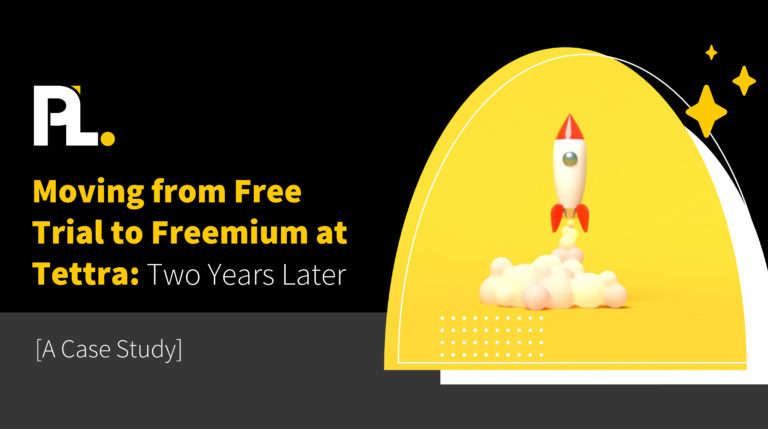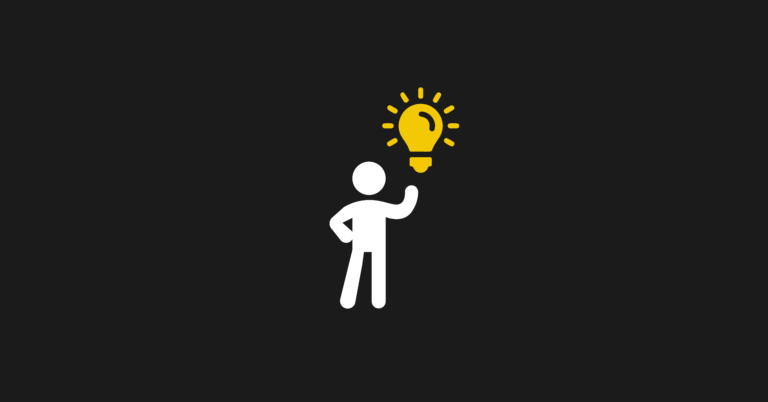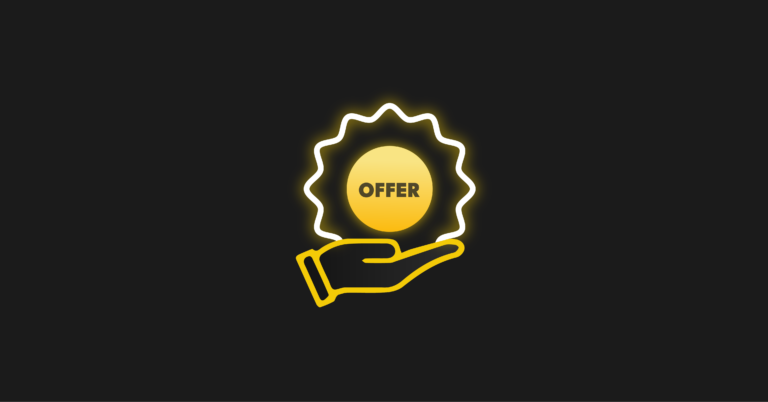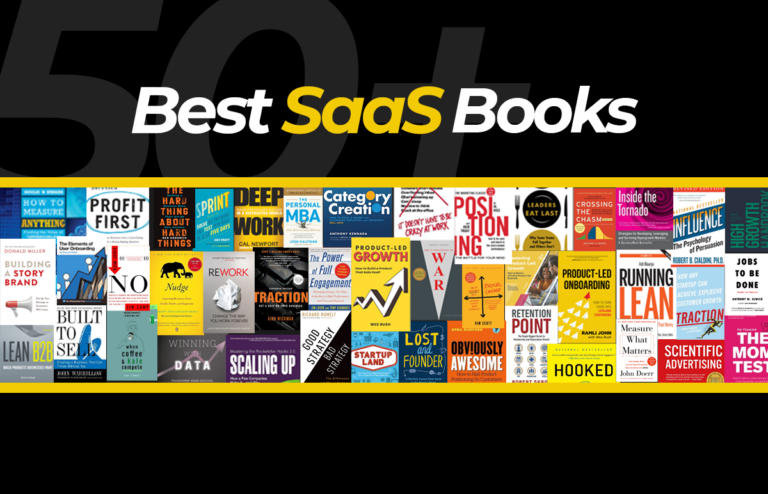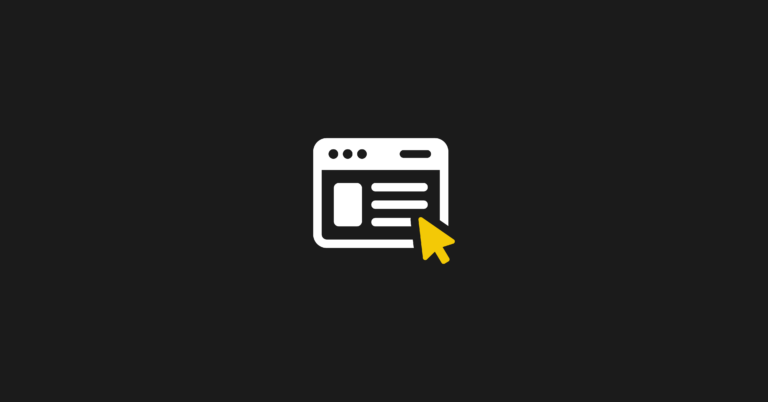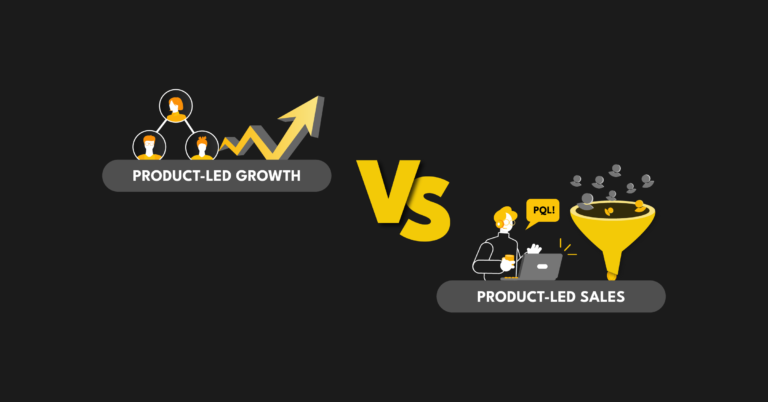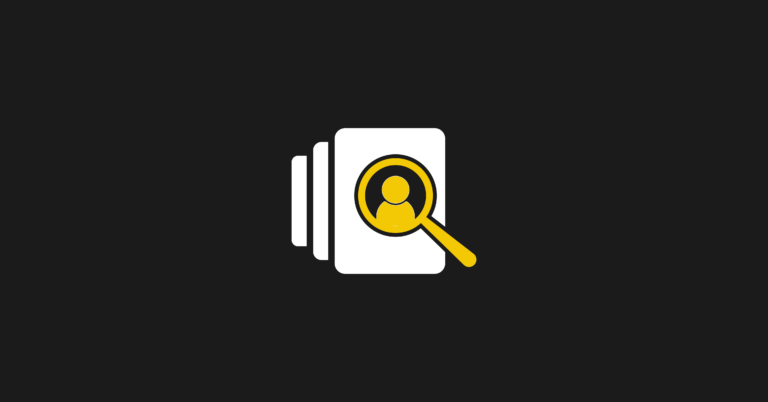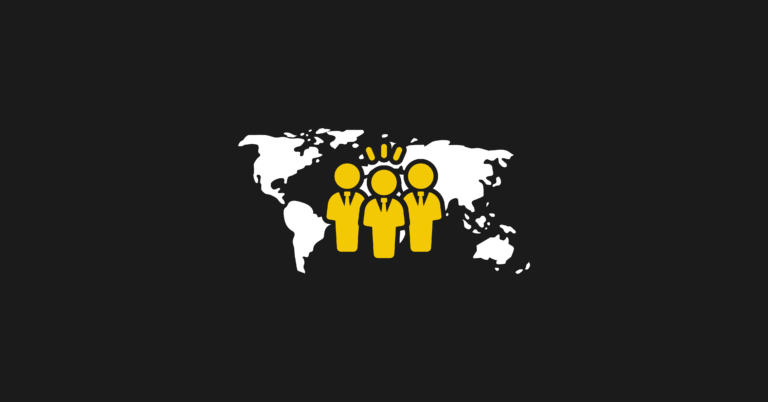For most SaaS companies, their user onboarding is a one-size-fits-all, linear experience for everyone.
They’ve built their user onboarding experience for the “average” new users to get a complete product experience.
This might work with early-stage products, where that kind of focus helps channel all resources to achieving product-market fit. But, as your product’s features grow and expand, people sign up for your product for many different reasons.
Let’s take Hubspot, for example.
There are many reasons why people sign up for Hubspot, such as:
- Generate leads with landing pages
- Nurture and close leads with email workflows
- Set up your company’s website on Hubspot
- Manage your social media
- Track the ROI of your Facebook, Instagram, LinkedIn, and Google Ads with precision
- Create and share links to leads to book meetings
- Make, log, and record calls
- Manage your sales team
- Chat with website visitors live or with a chatbot
Phew, that’s a lot! But, this is a natural progression of products that aim to solve more of their customer’s problems. Some new customers use Hubspot for all the reasons above or maybe for just some of them. (Here's where you can see more of the best user onboarding examples.)
But in any case, customers sign up for your product for two or more reasons, your user onboarding experience can no longer be one-size-fits-all. Hubspot has moved away from the one-size-fits-all onboarding to personalizing it for different customer segments.
What is Personalized Onboarding and Why Is It Important?
Personalized onboarding is the process of understanding the needs of your users and customizing the experience to meet their individual needs. With the right strategy, you can increase product activation, reduce time to value, and create more meaningful relationships with users.
Get this: 86 percent of consumers will pay more for a better customer experience. And one of the best ways to provide a better experience is through personalization.
You know how personalized onboarding can positively impact your SaaS company — such as increased product activation — but let’s look at this from the user’s side. Here’s why it’s important to them:
- Personalized onboarding makes each customer feel like your only customer.
- Personalized onboarding provides a better experience from the start.
- Personalized onboarding provides a sense of personal ownership.
All of these things contribute to the difference between retaining loyal customers and managing a high churn rate.
The Problem With Not Personalizing the Onboarding Process
Neglecting to personalize the onboarding process can bog down your SaaS company’s growth. It can also scare away new and potential users before they ever give your product a chance to impress them.
Let’s take a look at some of the biggest problems with a non-personalized onboarding process.
Problem #1: The Disconnect
The first problem could be that you’ve designed your user onboarding experience for one use case, but new users are signing up for another reason. For example, as a podcast host, I use Hubspot to schedule my guests. I found it was the best one for me to customize and edit the calendar invite after adding the podcast recording link and discussion topics.
Now imagine if I signed up for Hubspot’s scheduling capabilities, and I get a series of onboarding emails, product tours, and in-app messages about how to use Hubspot to set up my website.
There would be a disconnect between what my main goal for signing up for Hubspot was and what the team at Hubspot thinks my goals are.
Taking a look at “The Bowling Alley Framework,” this would be as if I was bowling in the wrong alley. My desired outcome is different from the intended goal of the user onboarding.
As a user, I would feel frustrated and confused. “Why does Hubspot want me to set up my website when I just want to use their scheduling tool?”
Problem #2: The Shotgun
One way to avoid the first problem is by covering your bases and taking the shotgun approach. If you don’t know the main reason why new users signed up for your product, show them everything!
So, you give new users a tour of four or five of the most used features. In your onboarding emails, you send several emails to get them to set up their account and try out several features.
The problem is that this approach can leave your users overwhelmed. I made this mistake when I re-designed the onboarding emails for Jilt, an eCommerce email marketing platform. I created an onboarding email flow that talked about the top emails you can send to grow your eCommerce store – abandoned cart reminders, win-backs, receipts, shipping notifications, and newsletters.
During an interview with a trial user who didn’t convert, I got the following feedback: “Your onboarding emails and product tours gave me pain. I felt overwhelmed. I thought to myself, ‘Oh man, I have to learn all of that.”
Ouch!
Problem #3: The Silent Treatment
On the opposite end of the spectrum, one other problem you might face is the temptation to be hands-off during the user onboarding experience. If you don’t know why your users signed up for your product, why not let people who just signed up figure it out on their own?
In a 14-day trial, I’ve seen products only send two communications, one to welcome them and another to say that their free trial has ended.
However, as Val Geisler, Founder of FixMyChurn.com, once put it, your job with user onboarding is not to convince, but to connect with prospects.
Deliver value, share the win for the customer, then bring them home for the sale.
This approach is hardly the right way to connect and deliver value.
How to Personalize Your Onboarding Experience
Your product may do different jobs for different market segments. It would be best if you tailored user onboarding for each of these jobs. Instead of a one-size-fits-all experience, segment the people who signed up for your product and personalize the user onboarding experience based on their jobs-to-be-done.
The Job-to-be-Done (JTBD) framework highlights how customers buy a product to solve a problem, not for the product itself. It describes the primary goal users are trying to accomplish with your product.
For example, the iPhone.
People “hire” an iPhone for different jobs, such as:
- Staying in touch with loved ones in another country.
- Keeping up-to-date with important business emails and meetings.
- Creating content for social media and building a personal brand.
Now imagine if you knew that someone bought an iPhone to stay in touch with loved ones in another country. As they’re setting up their phone, you could showcase iPhone features such as FaceTime calls, Animoji and Memoji, and group chats during the user onboarding.
Furthermore, if you know that a person’s loved ones also have Apple products, you can highlight the simplicity of staying in touch with other Apple users without the need for downloading, signing up, and learning another app.
With this approach, you would tailor the onboarding experience for the top two to three jobs that people hire your product for. In this way, you could highlight the right features and steps to get their job done. You can also better position your product as the solution to that person’s needs and problems compared to other alternatives.
Applying this to The Bowling Alley Framework, you’d assign people to the bowling alley based on their jobs to be done. For each bowling alley, you’d design the conversational and product bumpers to help new users accomplish the job they hired your product to do.
These are the three main benefits of doing this:
- Users learn what they need to know to get them to their “aha” moment.
- You can be crystal clear and specific in letting users know how exactly your product can help them.
- You can increase user motivation by better targeted messaging based on each user’s primary goal.
To get started with this, here are three steps to applying the jobs-to-be-done framework to personalize your product’s user onboarding.
Step 1: Identify the new user's first main goal
The first step is to identify the top two to three jobs that users are hiring your product to do.
Don’t just guess what those jobs are. We encourage you to interview five to ten of your best-fit customers, the ones that love your product, refer you to other companies, and act as a reference for you. They are the best ones to tell you exactly why they signed up, paid for, and happily referred you to other companies.
But you can’t just ask them why. According to Alan Klement, the founder of JTBD.info, your goal with these jobs-to-be-done interviews is to build a timeline that outlines the events your customers encountered on their way to purchasing your product.
For an in-depth look at how to do jobs-to-be-done interviews, check out Klement’s article on how to do it.
Once you have some idea, you can include an extra step in your onboarding flow for people to self-select what their goal is.
Let’s take, for example, Wistia, a video marketing tool. People might sign up for Wistia for a few reasons, such as:
- Being able to share videos with clients, team members, or customers
- Customizing the look and feel of video players so that it matches the company’s brand
- Turning viewers into leads
- Having the power to select who watches individual videos
- Creating a video series to build brand affinity
As soon as a new user signs up for Wistia, they’re presented with the following question: What’s your main goal with Wistia? People can self-select which job they’re hiring Wistia for.
For teams that want a quick way to test this with minimal engineering resources, you could display a survey in your welcome in-app message or email. This is what I did at Jilt before the product team implemented an extra step in the onboarding flow.
Step 2: Plan the minimum onboarding path to getting users to accomplish their job
Once you’ve identified the jobs your new user wants to do, the next step is to figure out the minimum number of features and the steps people need to know and do to complete their job. This is the minimum onboarding path new customers need to experience to realize the benefits of your product.
Ideally, use post-it notes with your team to map out the minimum onboarding path for each job customers hire your product to do. Then, as a team, determine which steps a new user must complete to accomplish their primary goal. If there are optional steps, opt to delay these or eliminate them if it doesn’t hurt the onboarding experience.
After, you can summarize it in a table pictured below. For each job, outline the benefits of how your product helps customers, the features that deliver those values, and the steps required to configure this feature.
For example, for new Wistia users who want to generate leads with video marketing, they would need to learn how to use Wistia’s lead form feature called Turnstile. Some of the steps to setting it up are:
- Create a video
- Upload it to Wistia
- Set up a lead form on that video
- Connect the form to your email marketing tool or CRM
- Add video to your website
During the onboarding experience, new users would learn the benefits of using Wistia to generate leads using video. Wistia helps them collect emails right from their videos, making it easy for them to gate content and drive qualified leads to their favorite marketing tools.
They can also fully control where, when, and how forms appear on the videos. Forms can appear discreetly on-hover, or pause the video to capture your viewer’s attention
Finally, with Wistia, you can see which videos their leads are watching. You can also see analytics such as how many minutes each viewer watched, the view-to-lead-completion conversion rates, and other video performance metrics.
You can repeat the same process for the other jobs new customers hire your product to do. In the final step, you’ll use this to personalize your product’s user onboarding.
Step 3: Customize your onboarding based on each user’s main goal
The final step is to select which user onboarding element you should personalize based on a user jobs-to-be-done, such as:
- User onboarding emails
- In-app messages
- Sales outreach
- Welcome messages
- Product tours
- Checklists
- Tool tips
You can customize the user onboarding experience based on any part of The Bowling Alley Framework.
For example, with Jilt, new users hire it for three main reasons:
- To promote products through newsletters and sales announcements
- To recover abandoned shopping carts
- To grow brand affinity or cross-sell products in order notification emails
Based on which job trial users select as their primary goal for Jilt, they’d receive different tips that highlight different features in the onboarding emails. The emails also point to different resources, help articles, and product tours.
Trial users would also see different checklists. Instead of having a generic checklist item for users to send their first email, each user would see a different checklist based on their primary goal.
For example, for people whose primary goal is to recover abandoned shopping carts, the checklist item would show, “Set up and send your first cart abandonment email.” Clicking on this checklist item launches a product tour to help them accomplish that.
Finally, new trial users see different in-app messages that point to different product tours based on the primary goal of new users. Other in-app messages also let users know about help articles and videos related to the job they’ve hired Jilt to do.
How Personalization Can Achieve the Goal of User Onboarding
The goal of user onboarding is to give new users the information and tools to become happy life-long customers. The first step is to convince them that your product can help make their jobs easier. You can do this by designing their first experience with your product around the job they’ve hired your product to do.
The steps outlined here hopefully provide you with the direction and specific details to segment your users by the jobs-to-be-done framework and personalize your product’s user onboarding. This might be more work than a simple tour or typical onboarding email series, but your customers will thank you for it.


